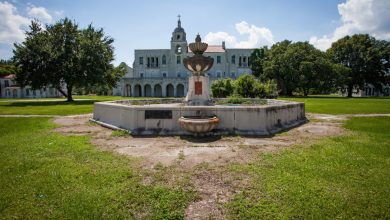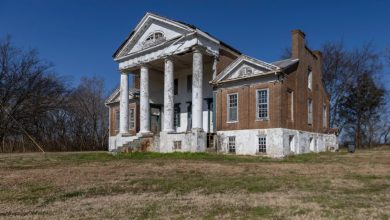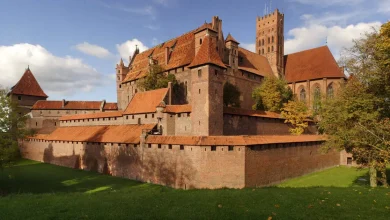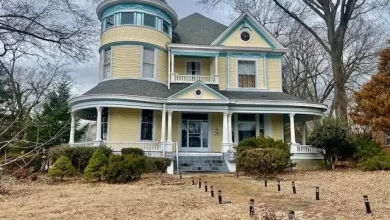Ghost Town in the Sky – Abandoned House
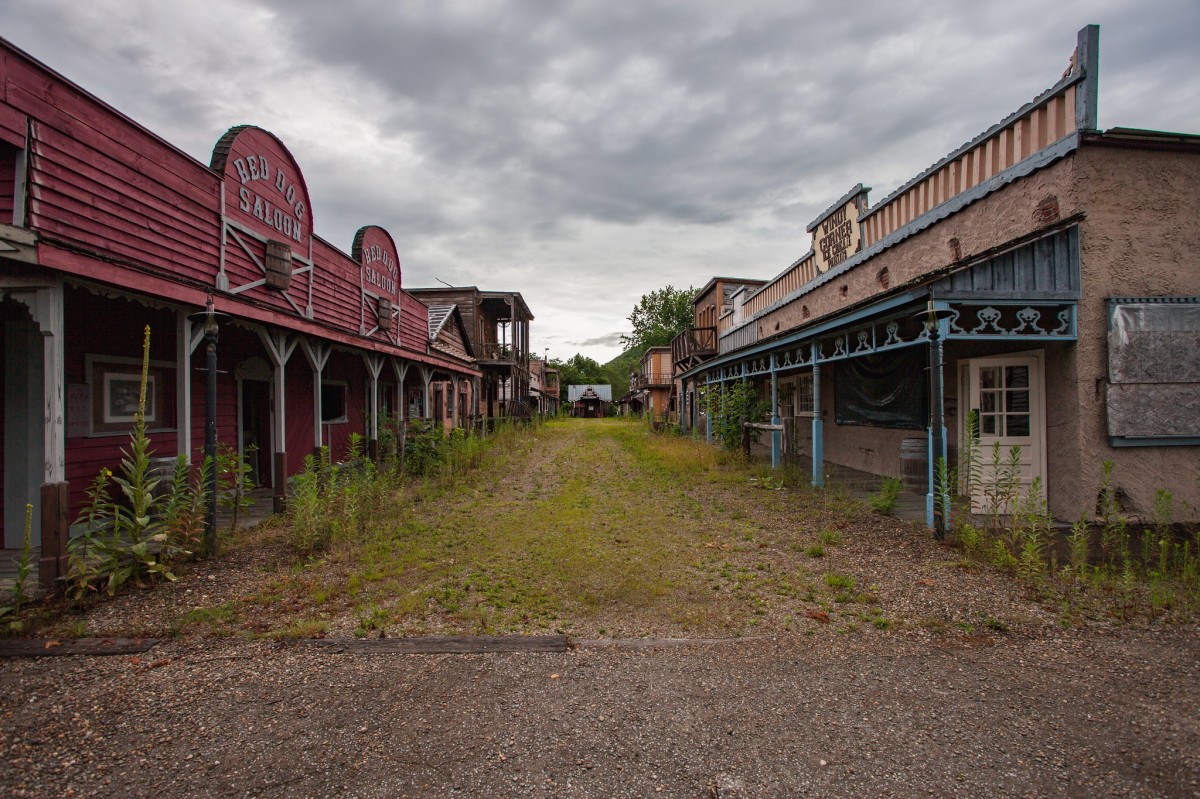
Ghost Town in the Sky in Maggie Valley, North Carolina was the vision of businessman R.B. Coburn, a Virginia native who moved to Maggie Valley. After visiting several ghost towns in the American West, Coburn was inspired to create his own Western-themed amusement park. In 1960, he purchased Buck Mountain at the foot of the Great Smoky Mountains as the location of his new attraction. The park was designed by Russell Pearson and constructed for $1 million. It is divided into several towns located at different elevations of the mountain, each with a different theme. Each hour a gunfight was staged in the middle of the street with guests lining up to watch. The center of the park is an Old West town with two saloons, a church, a school, a bank, and a jail.
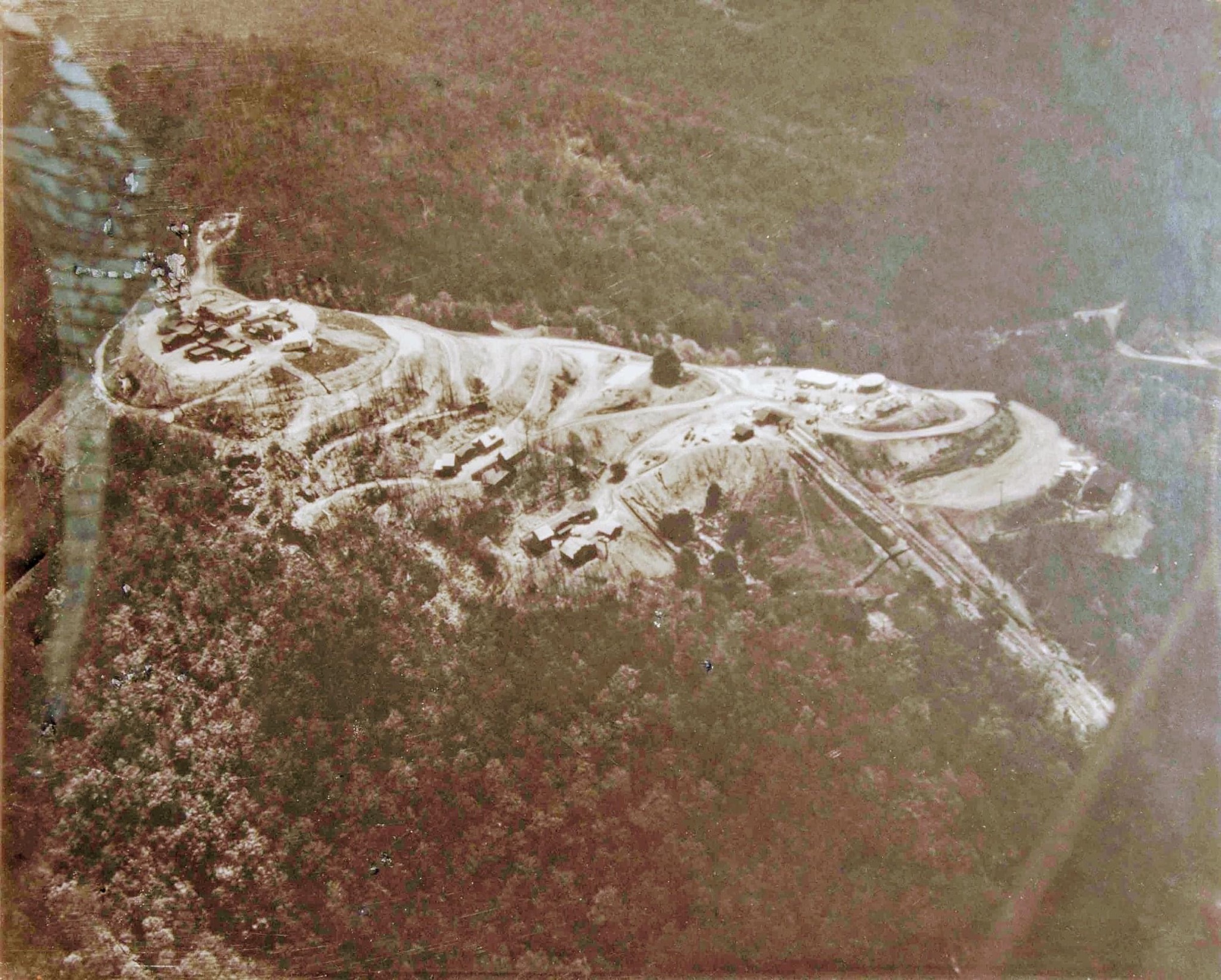
When construction began in 1960, over 200 locals were hired to build the 40 replica buildings that comprised the Western Town, located at the mountain’s peak. Approximately 300,000 feet of lumber, 200,000 feet of plywood, and 20,000 pounds of nails went into the construction of Ghost Town. The town was completed in May 1961 and consists of about 120,000 square feet of building space.
Ghost Town in the Sky opened on May 1, 1961, quickly becoming one of the state’s most popular tourist attractions. It was promoted as “North Carolina’s mile-high theme park.” At one time, Ghost Town was a worthy rival to the pre-Dollywood Silver Dollar City/Goldrush Junction theme parks. As Dollywood and Pigeon Forge soared in popularity, Ghost Town faded. New rides and attractions were added throughout the years.
At its peak, Ghost Town attracted over 400,000 visitors each season. A double-incline railway was constructed to bring visitors to the top of Buck Mountain. The incline was created with a 25-ton bulldozer attached to a winch secured to another bulldozer, which pulled the bulldozer up the mountain. The railway created an exciting ride up to the top of the mountain with varying slopes ranging from 30 to 77 degrees. Tourists could only reach the mountaintop amusement park by riding the incline railway or the chairlift up to the top. In the spring of 1962, a two-seat chairlift was added parallel to the incline railway to take visitors up the mountain. The chairlift is the longest in North Carolina and the second-longest in the United States. It moves at 310 feet per minute and ascends 3,370 feet.
R.B. Coburn sold Ghost Town in 1973 but bought it back a decade later in 1986. In 1988, he hired Hopkins Rides to build a new $2 million steel roller coaster on the side of Buck Mountain. The new coaster was part of a park refurbishment plan by Coburn. He hoped the new roller coaster attraction would bring in 25-30% more guests. Unfortunately, its summer opening was delayed due to construction and harsh weather conditions. The Red Devil, featuring a red and white paint scheme, opened in September 1988 with little fanfare. Under R.B. Coburn’s ownership, Ghost Town suffered from a lack of maintenance and mismanagement. Since the chairlift and incline railway are the only ways tourists can access the park, they both need constant repair. Coburn spent thousands maintaining both. In July 2002, the chairlift malfunctioned, leaving passengers stranded for over two hours in the rain. A few days later, Coburn decided to close the park and sell the property. During the next four years, the amusement park sat empty and unmaintained, giving the impression that no one would buy it. Without proper security in place, the park was subject to vandalism.
The Red Devil roller coaster operated until the closure of Ghost Town in 2002. It was repainted yellow and renamed the Cliff Hanger for the reopening of the 2007 season, however the ride remained closed due to necessary state code updates. It eventually reopened in June 2009, but two days later, the ride closed after inspectors found a hairline crack in one of the train’s frames. The coaster reopened again in October 2009 but closed a few days later after more mechanical issues were discovered. The Cliff Hanger, like many of the rides in the park, has garnered a reputation for constantly breaking down.
Ghost Town declared bankruptcy in 2009 after spending $11 million, including $6 million on the Cliff Hanger roller coaster. The Great Recession of 2008 was blamed for the park’s problems, but owners insisted Ghost Town would reopen and continue to operate. By May 2008, the rides had not been inspected and the owners needed $330,000 to reopen. The failure to obtain a loan was expected to result in the loss of 200 jobs and a loss of revenue for local businesses. An anonymous donor provided the money which allowed Ghost Town to reopen for the 2009 season. However, the park struggled to make payroll and employees complained they were not paid. The kiddy rides and the Wild West town were operational, but rides that attracted a more adult crowd like the Cliff Hanger roller coaster and the drop tower failed to pass state inspections.
A massive mudslide occurred on the mountain after retaining walls on the property failed in February 2010. Although there were no injuries, 40 homes had to be evacuated and several were damaged. Ghost Town itself sustained damage, but to what extent is publicly unknown. After the incident, the local news announced the park would reopen on Memorial Day weekend but that did not happen. A month later, a judge ruled to proceed with foreclosure and sell the property at auction. Ghost Town was sold in February 2012 at public auction to Alaska Presley, a local businesswoman and long-time supporter of the park for $1.5 million. New regulations required her to spend millions on labor and time lost due to state inspections. Another issue arose when it was discovered the water was never shut off after the park closed, so the old pipes were subject to the mountain freeze-and-thaw cycle. Wells for private water were condemned because they were too close to potentially unacceptable objects. Four new wells were drilled, and all were failures except one of limited output. Ultimately, the option of city water was decided which meant virtually every part of the old system had to be replaced.
In February 2010, retaining walls on the property failed, causing a massive mudslide on the mountain. Although there were no injuries, 40 homes had to be evacuated and several were damaged. Ghost Town itself sustained damage, but to what extent is publicly unknown. Local news outlets announced the park would reopen on Memorial Day weekend after the incident, but it didn’t. A month later, a judge ruled to proceed with foreclosure and sell the property at auction. Ghost Town was sold in February 2012 at a public auction to Alaska Presley, a local businesswoman and long-time supporter of the park for $1.5 million. Due to new regulations, she had to spend millions on labor and lost time due to state inspections. Moreover, the old pipes were subjected to the mountain freeze-thaw cycle since the water was never turned off following the park’s closure. Wells for private water were condemned because they were too close to potentially unacceptable objects. Four new wells were drilled, and all were failures except one of limited output. Ultimately, the option of city water was decided which meant virtually every part of the old system had to be replaced.
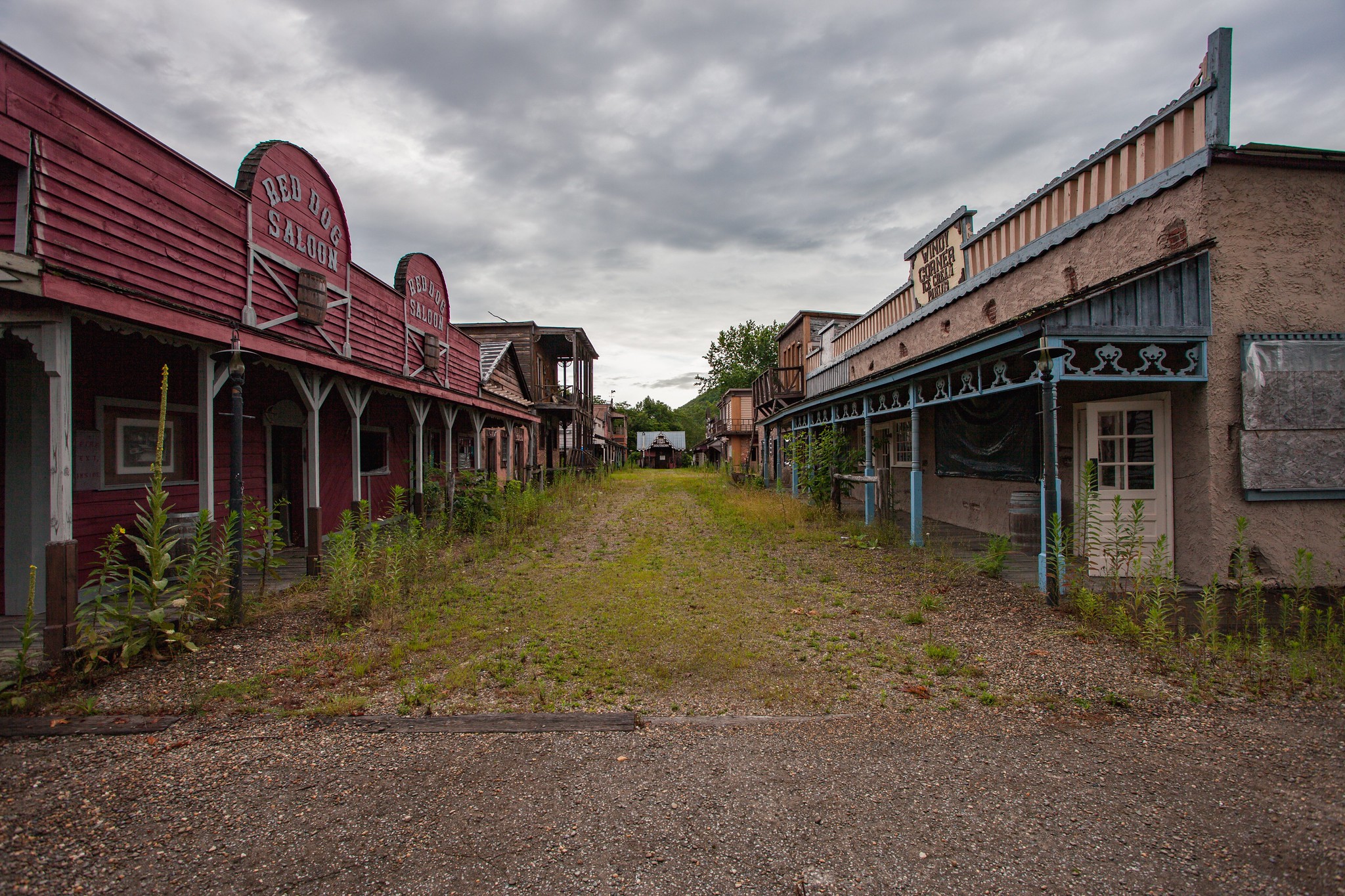
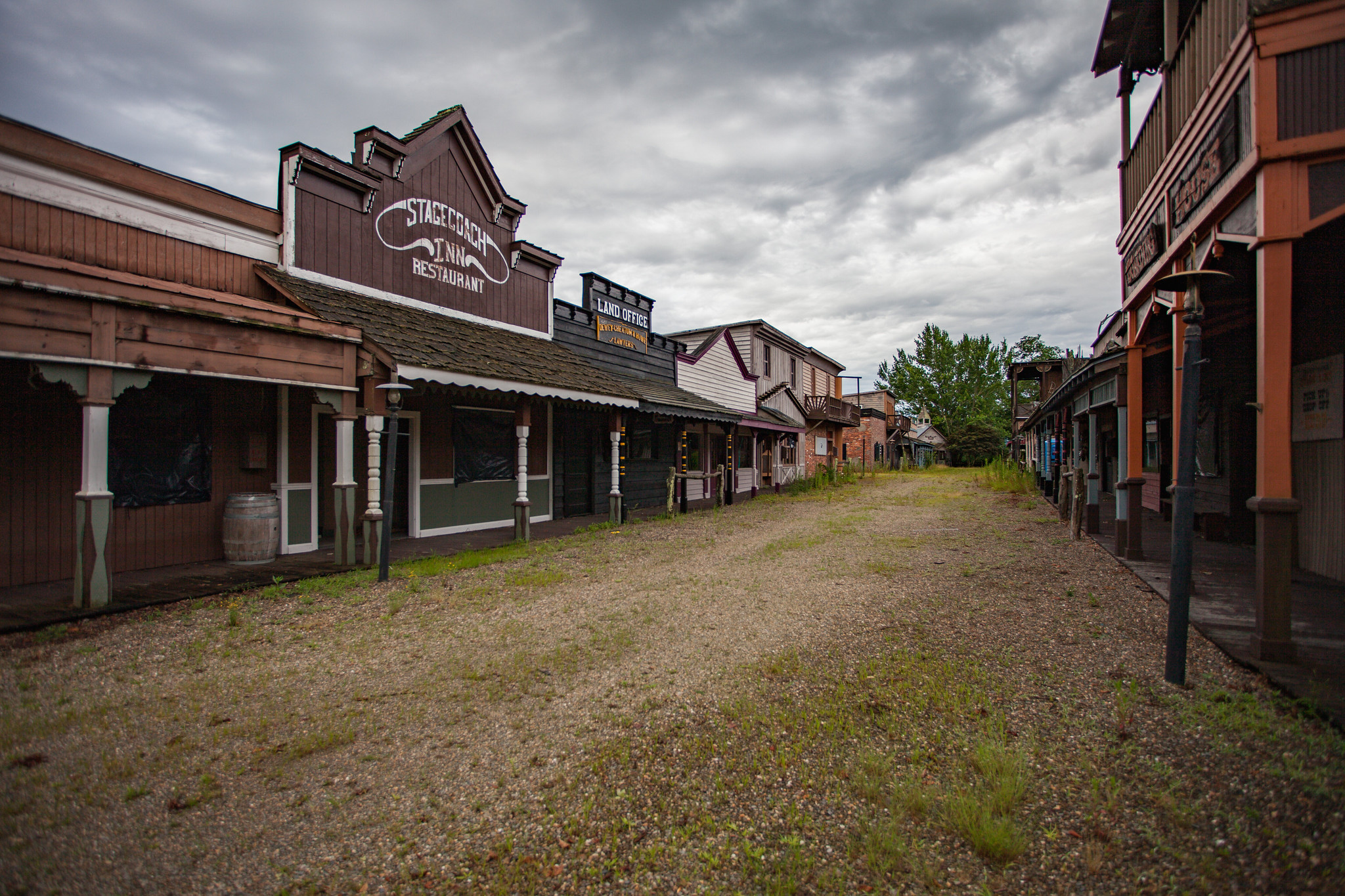

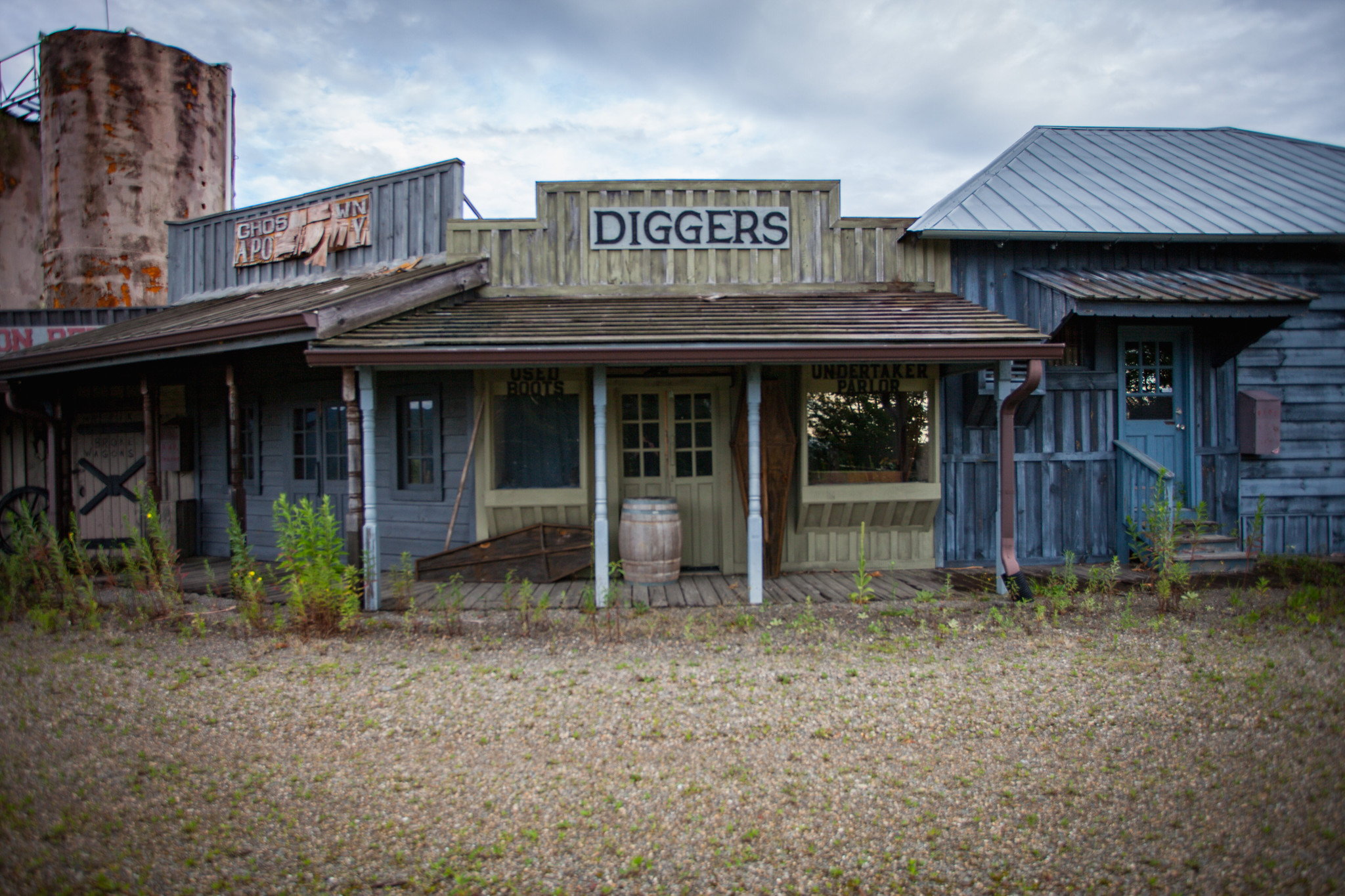
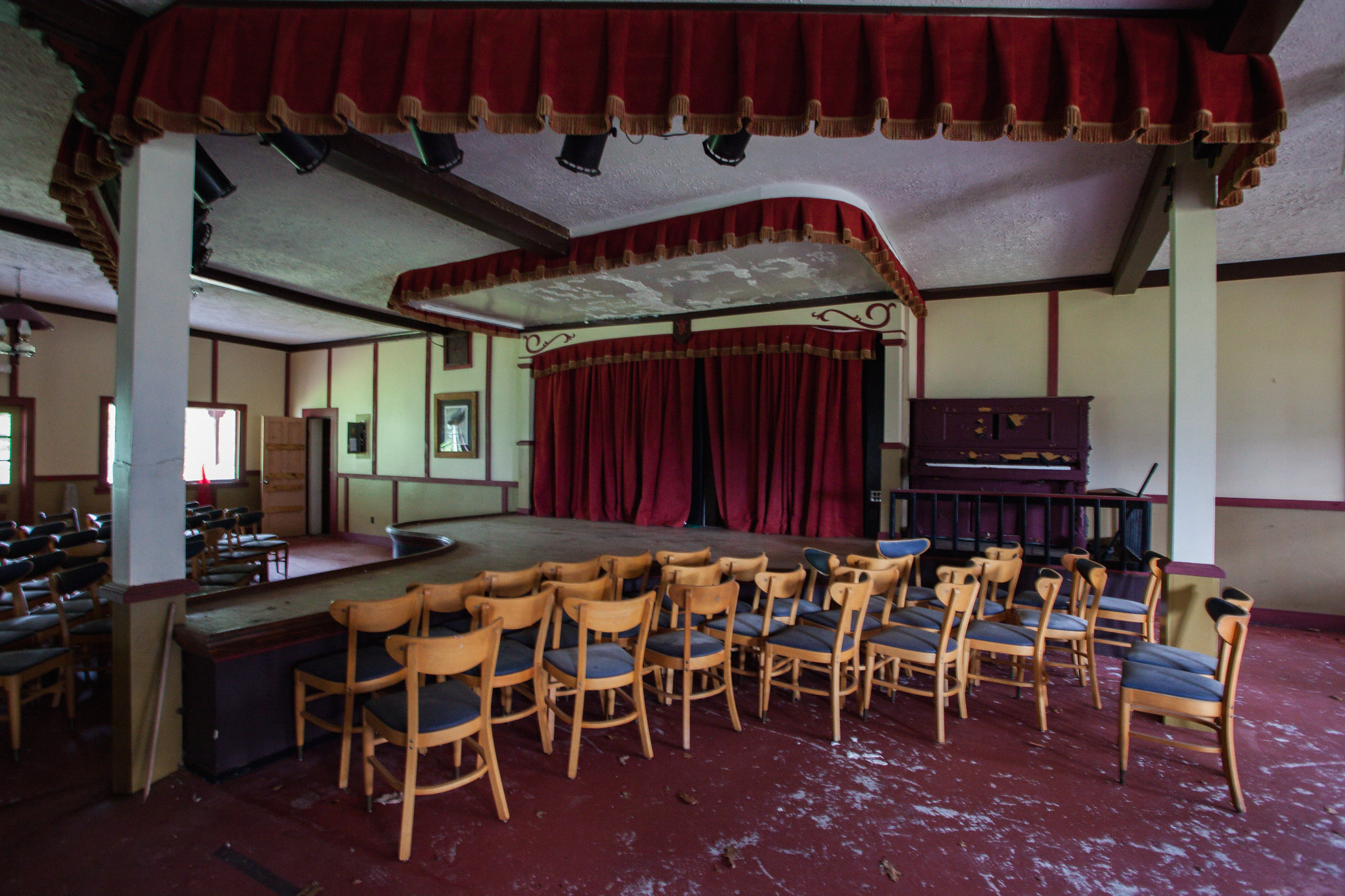
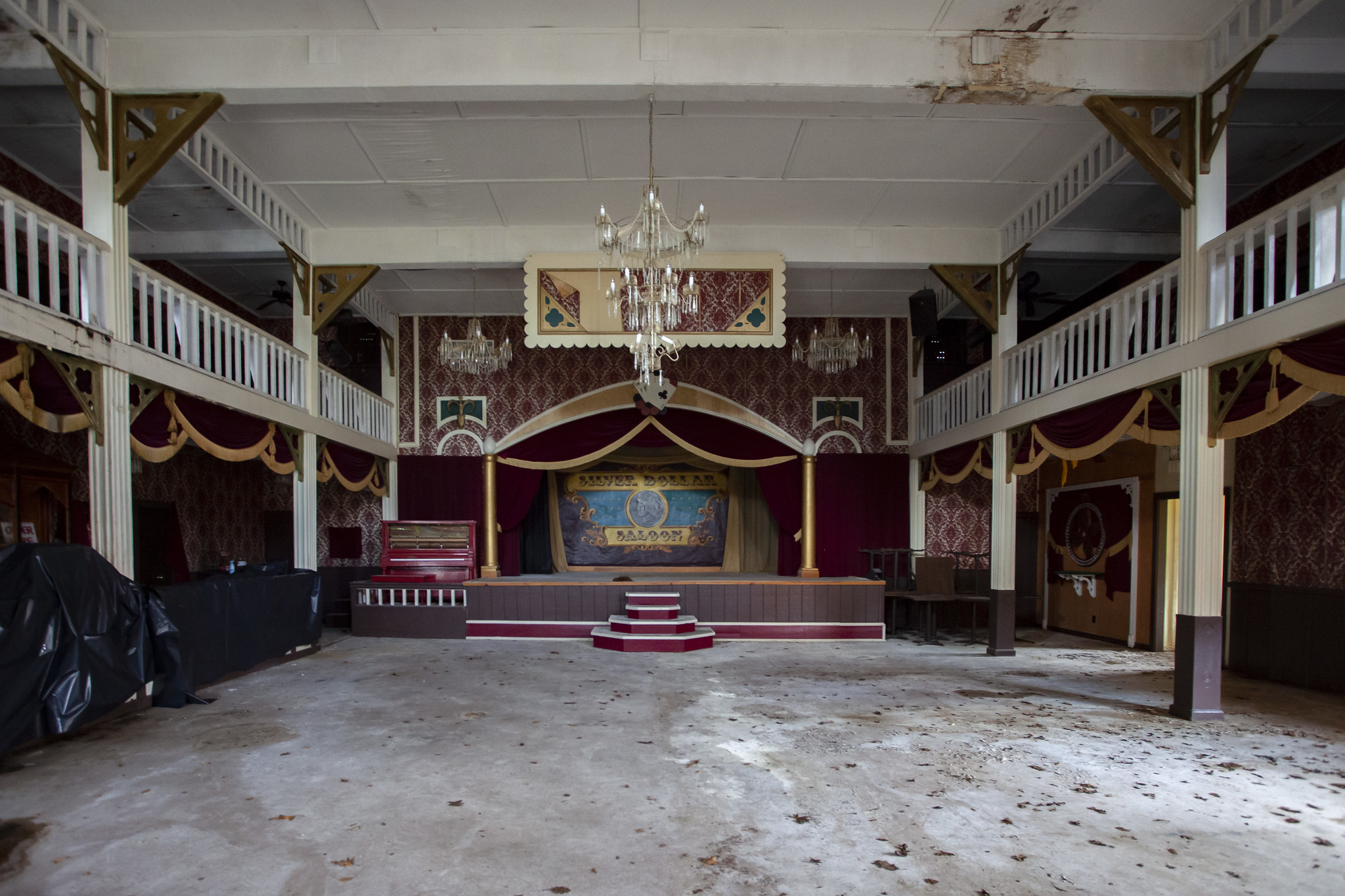
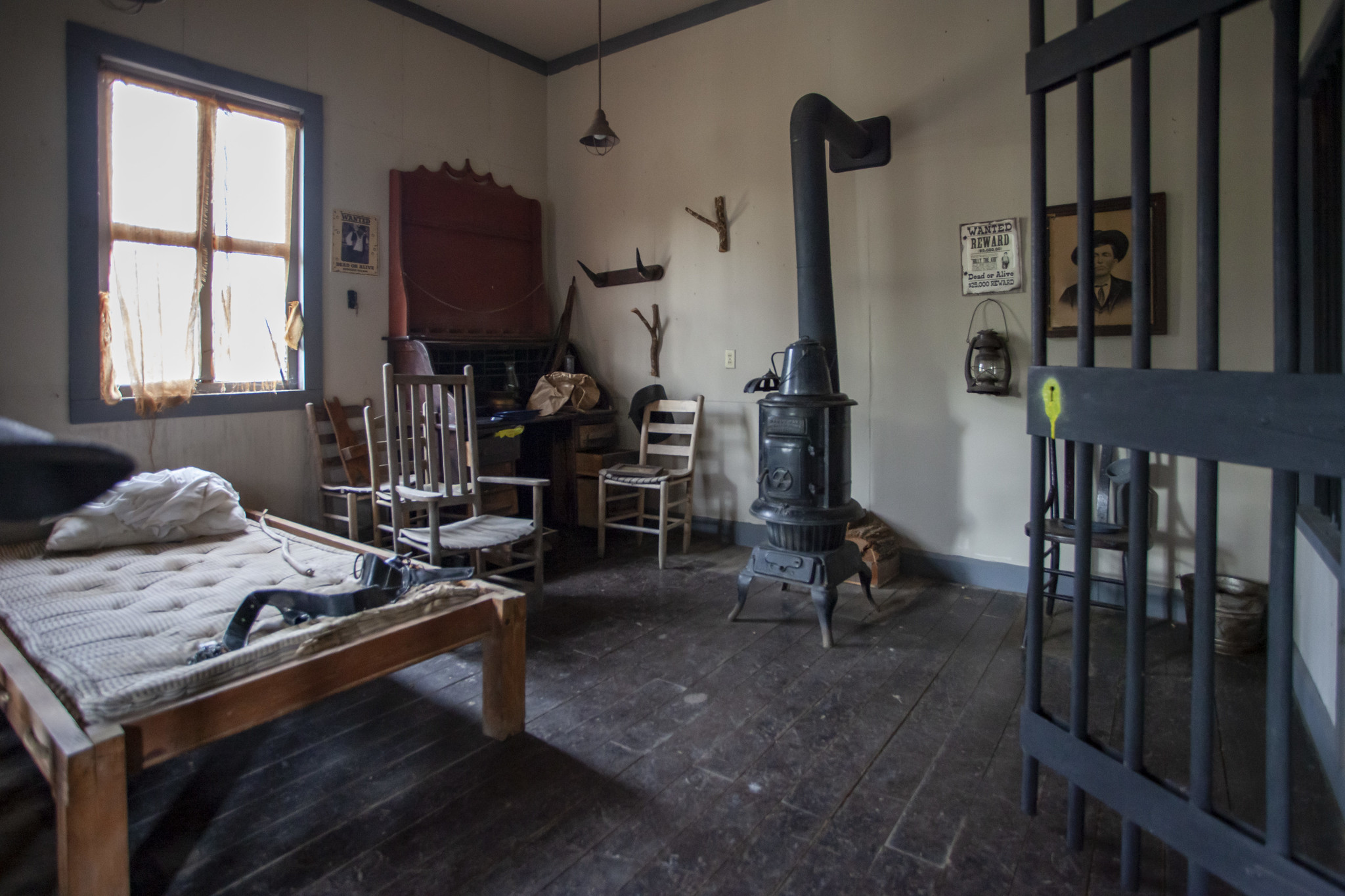
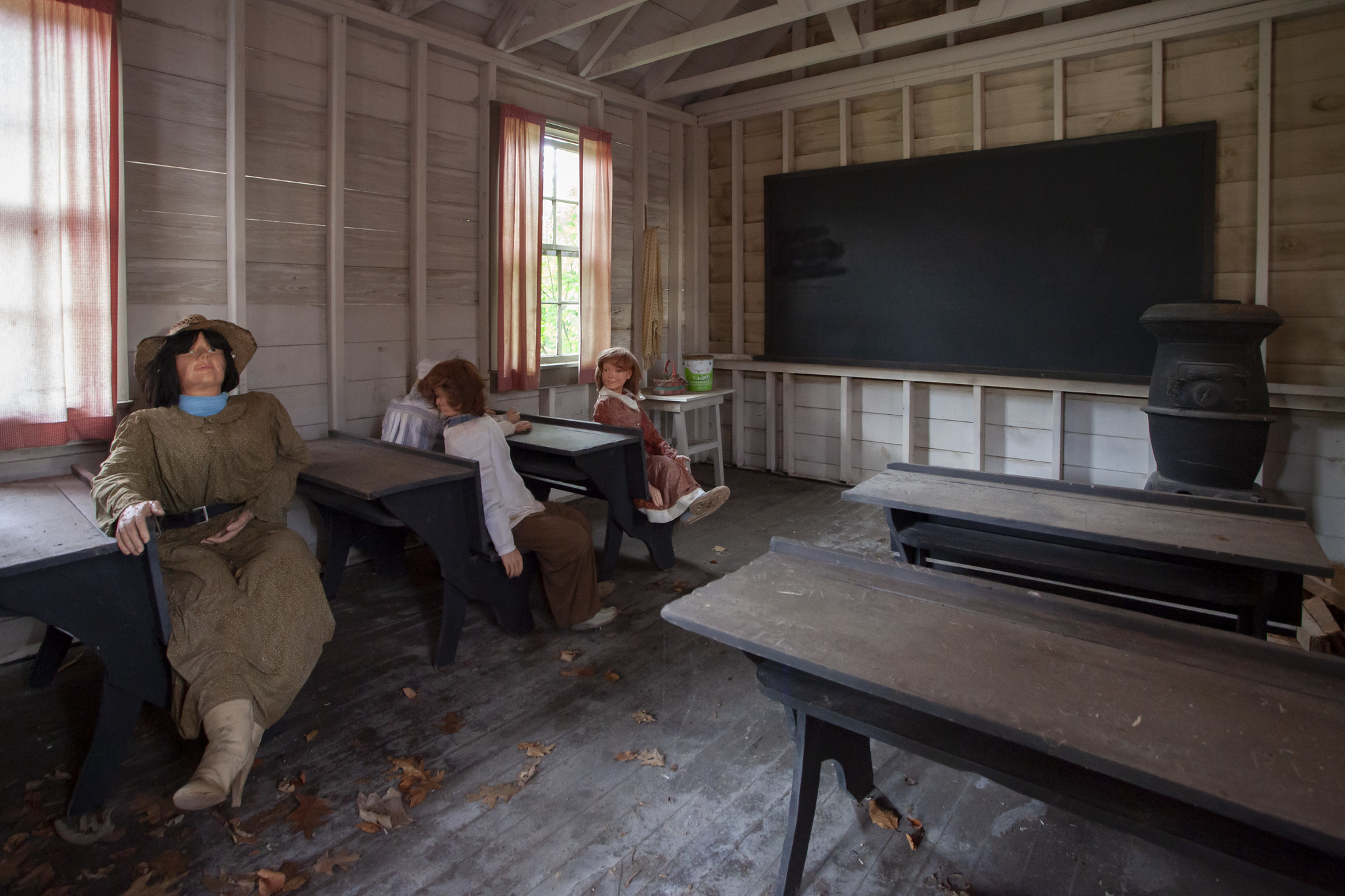
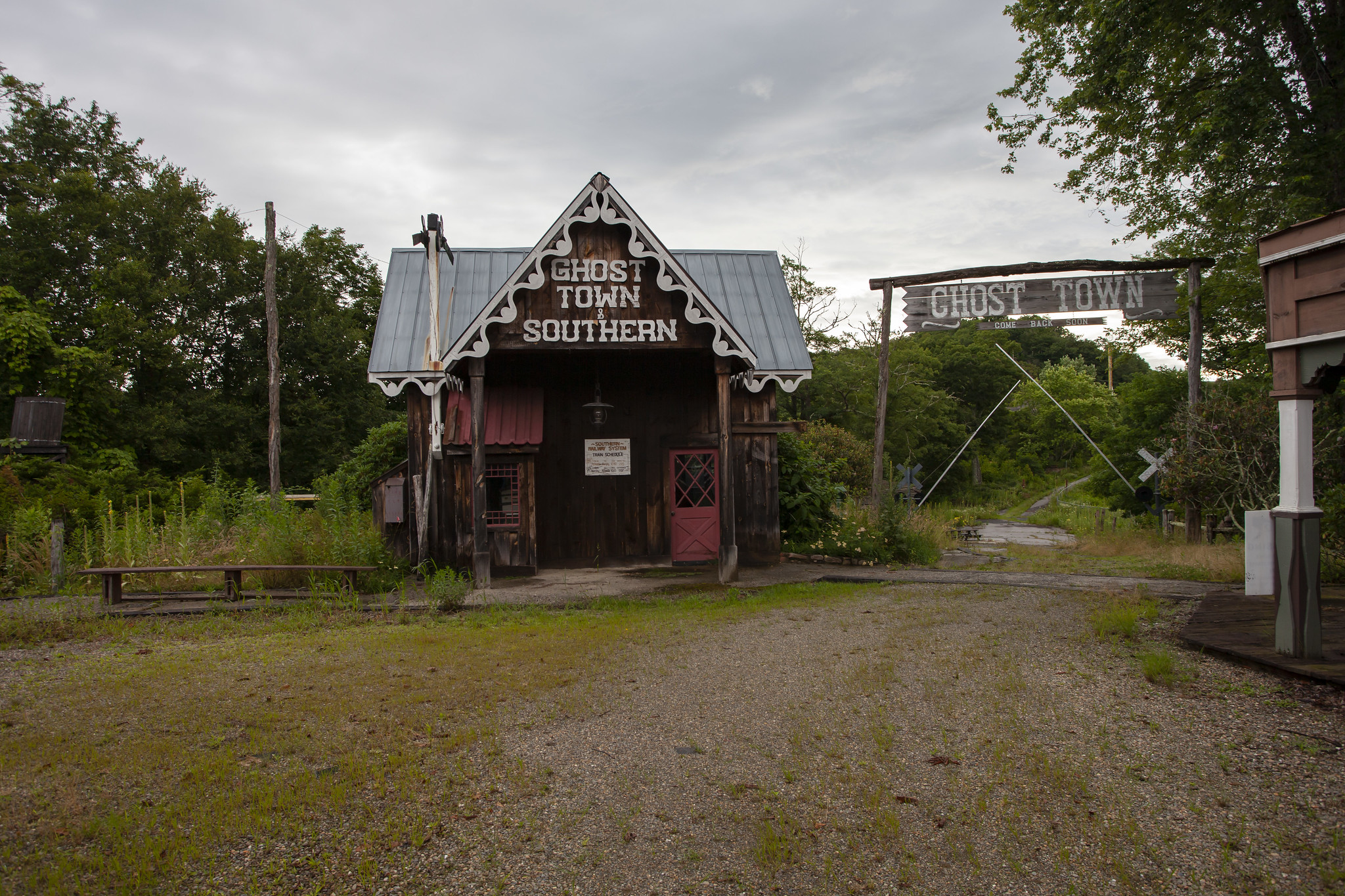

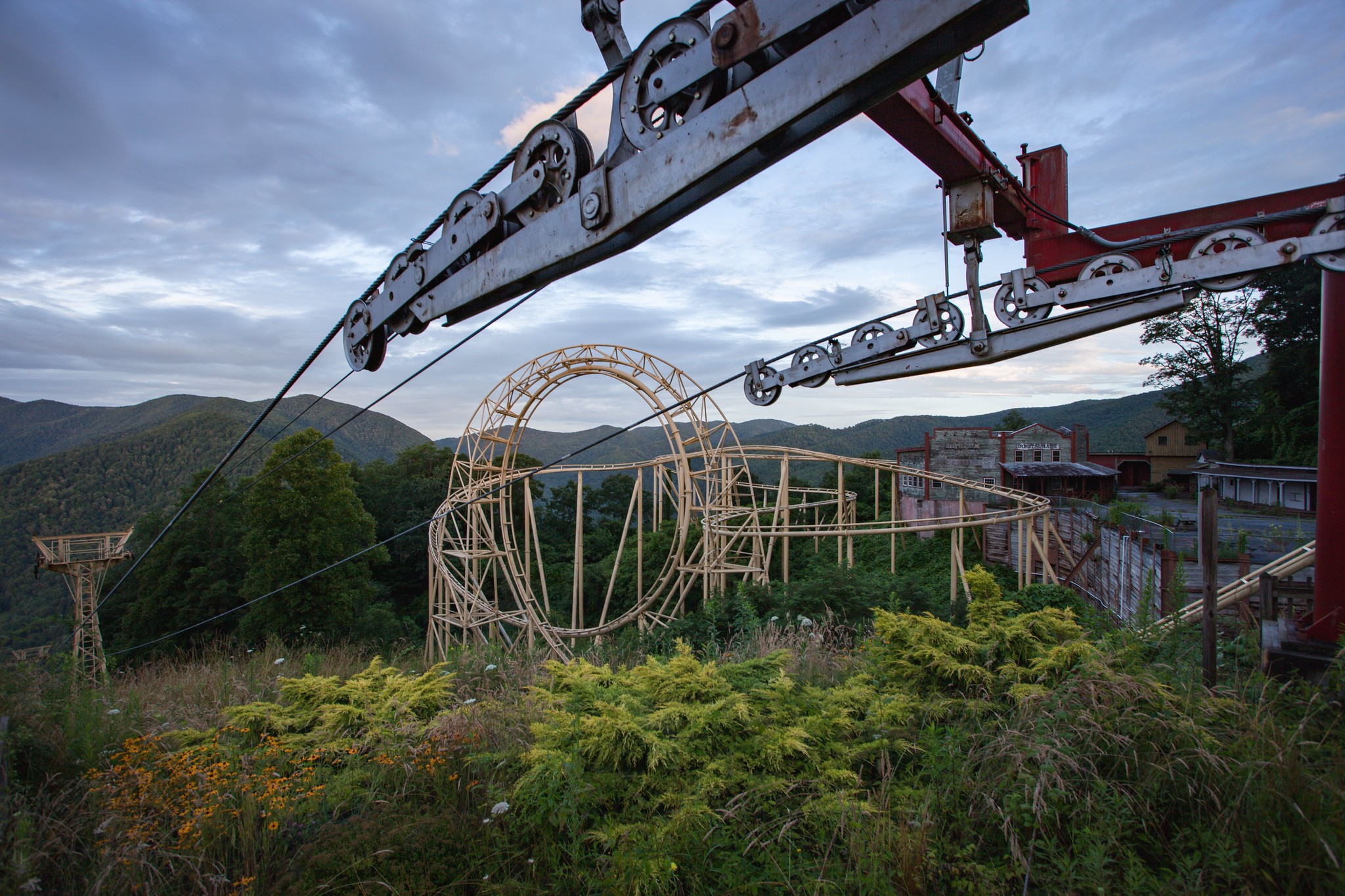
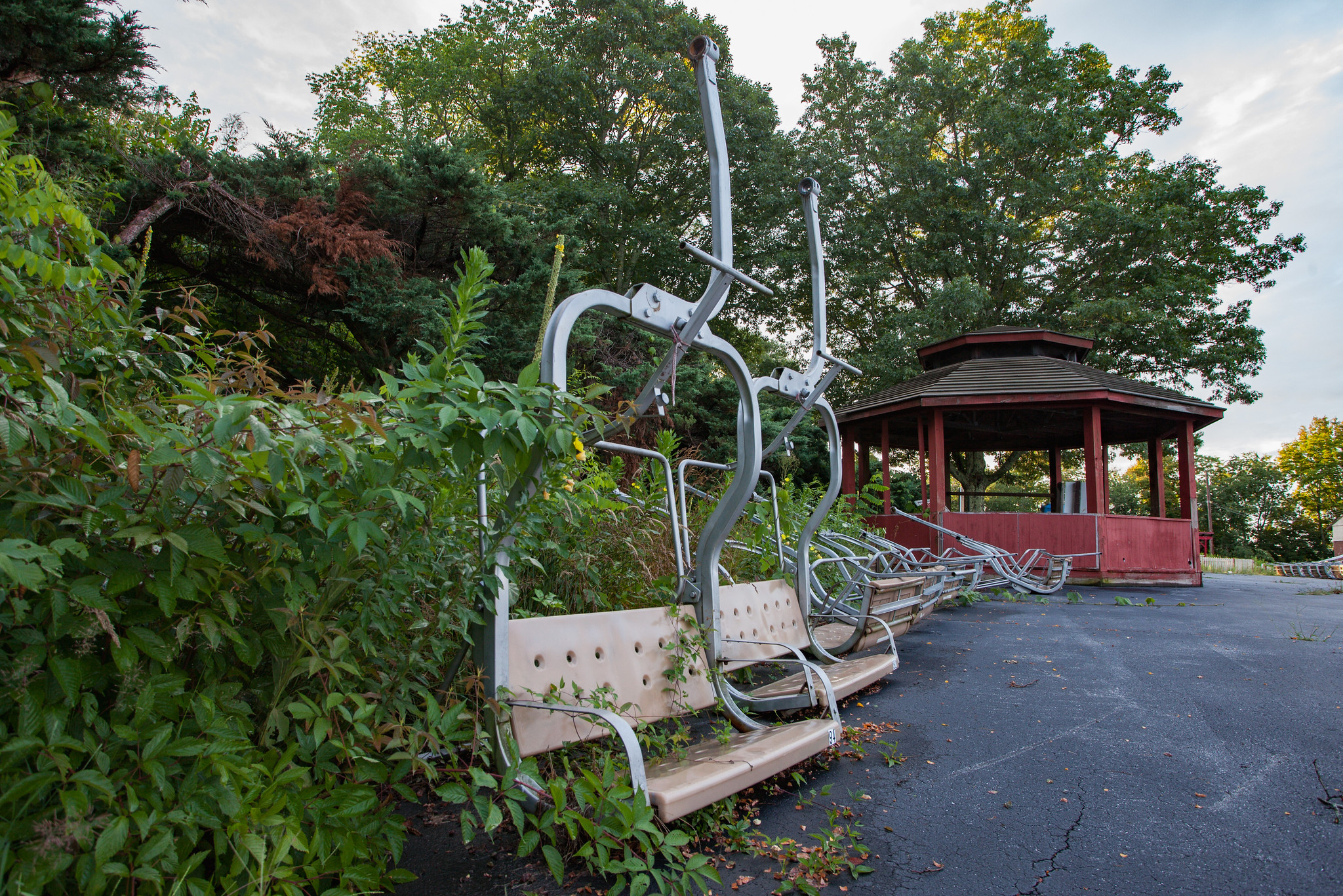

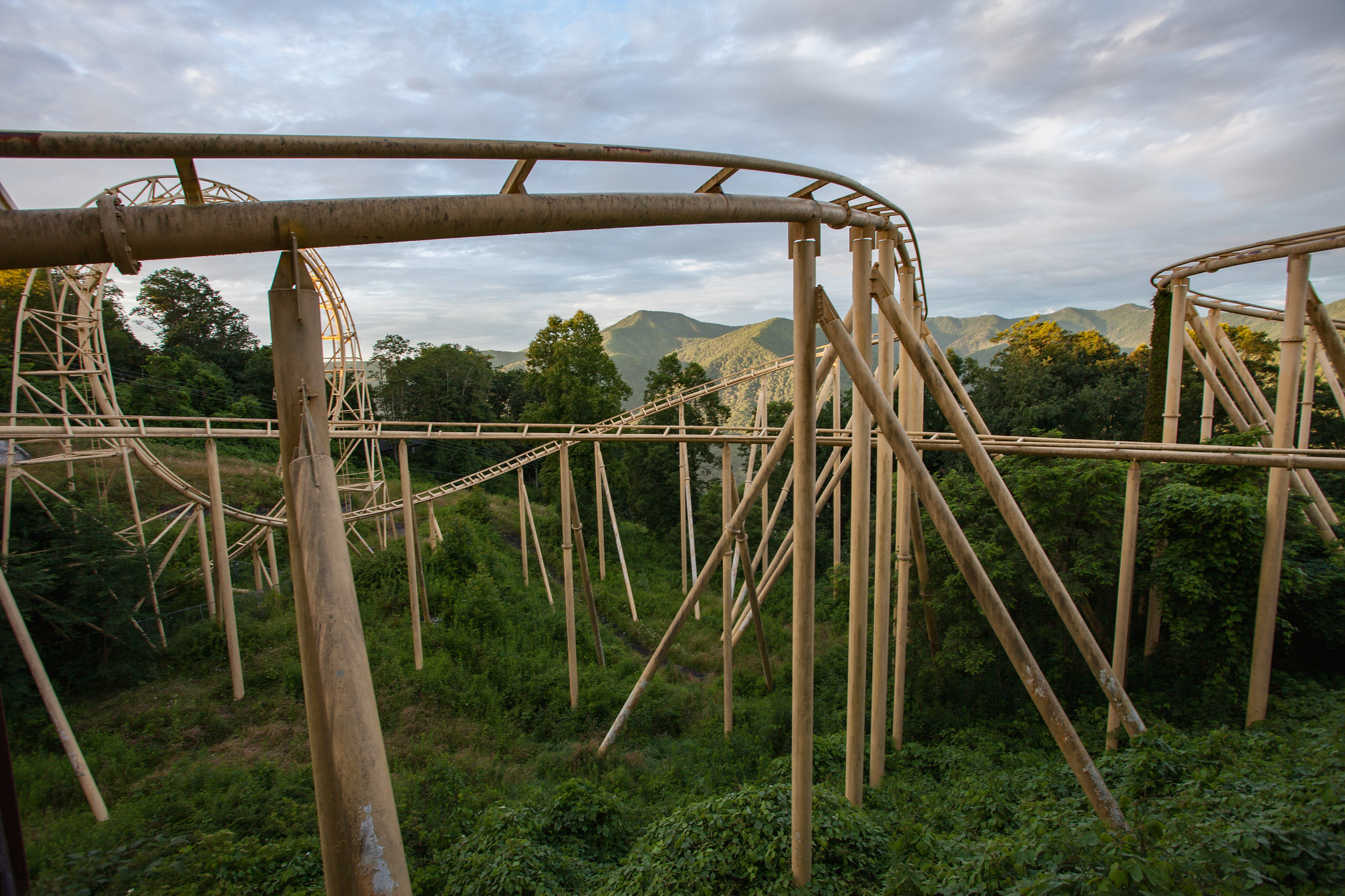
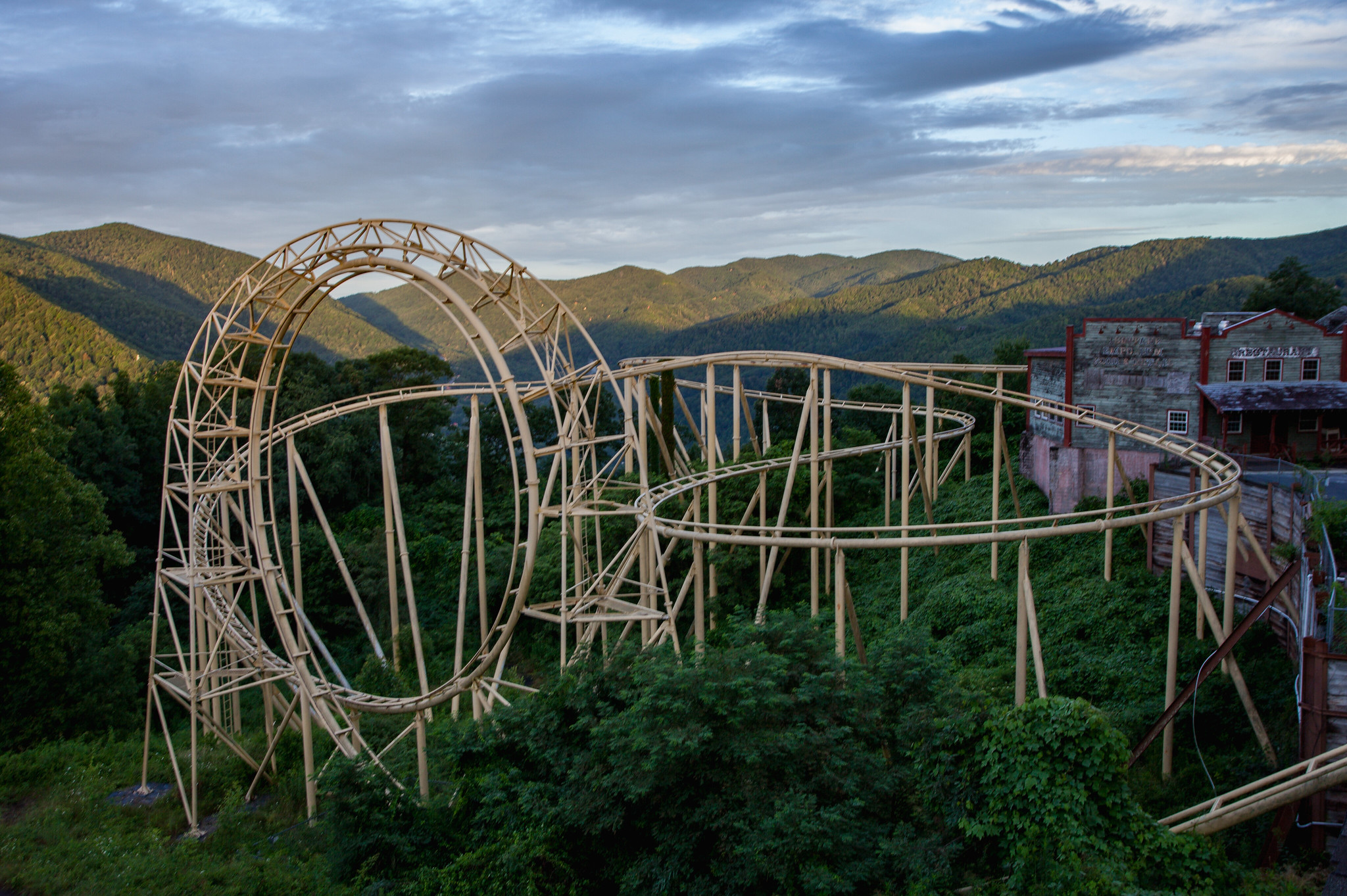
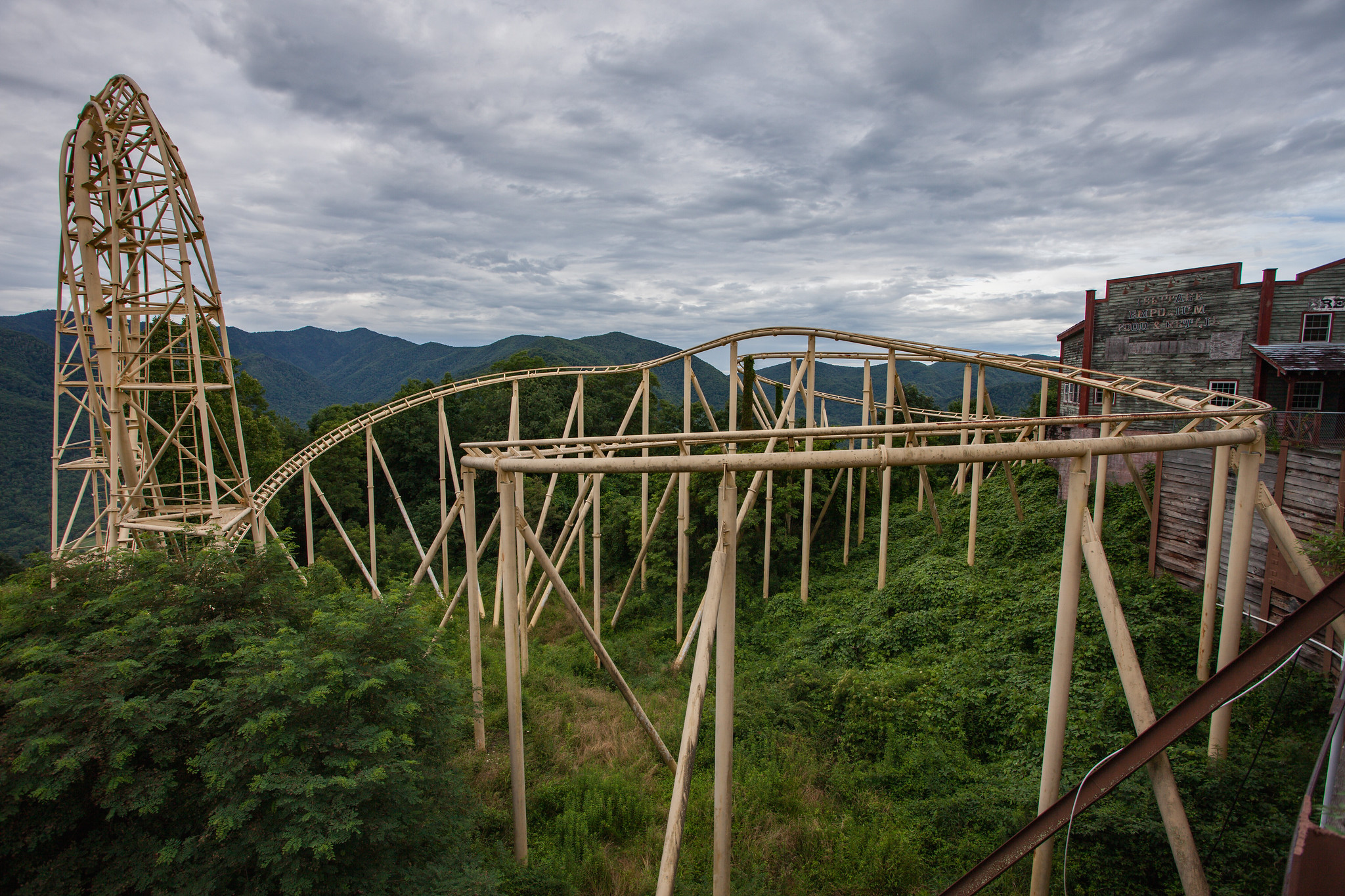



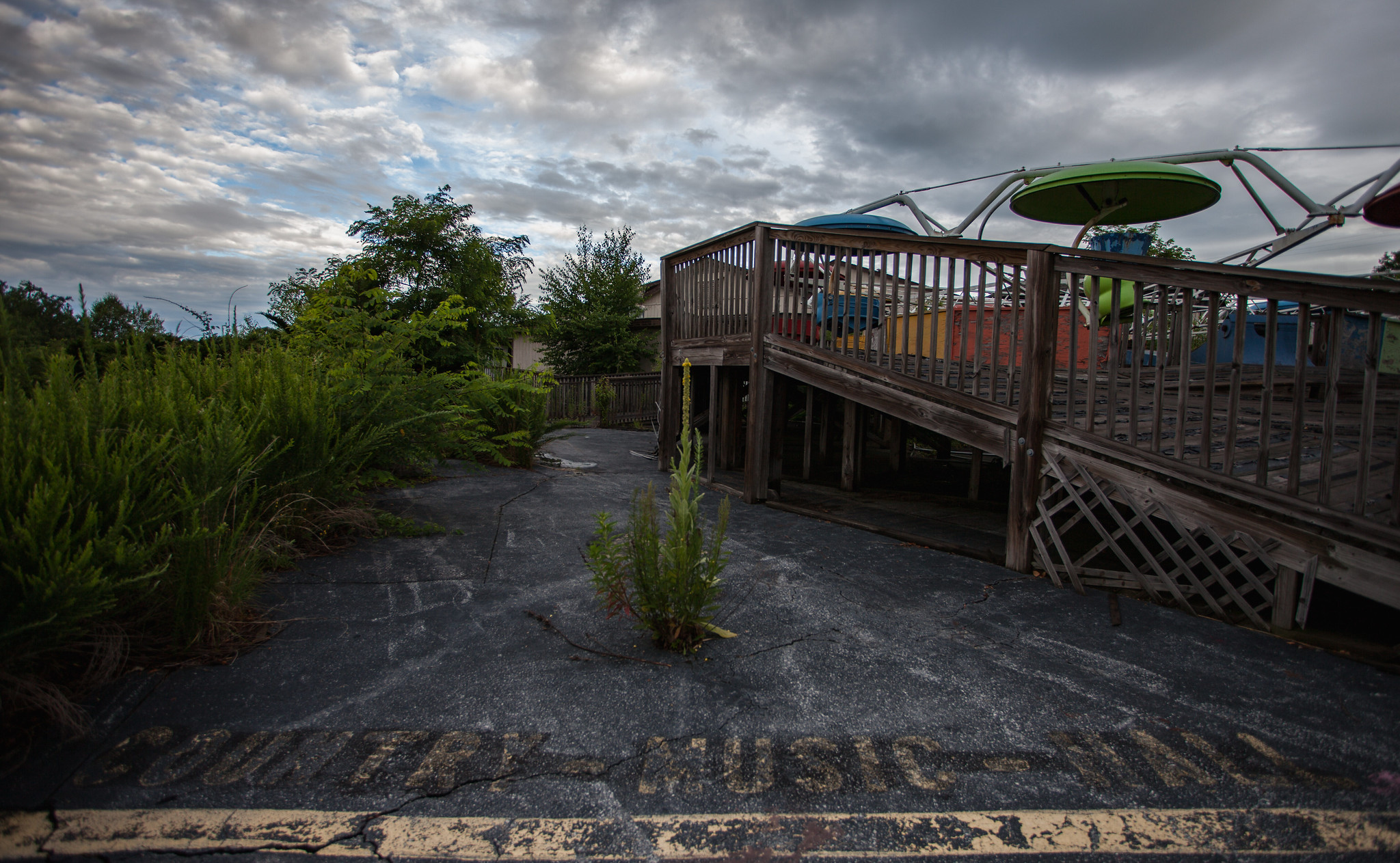
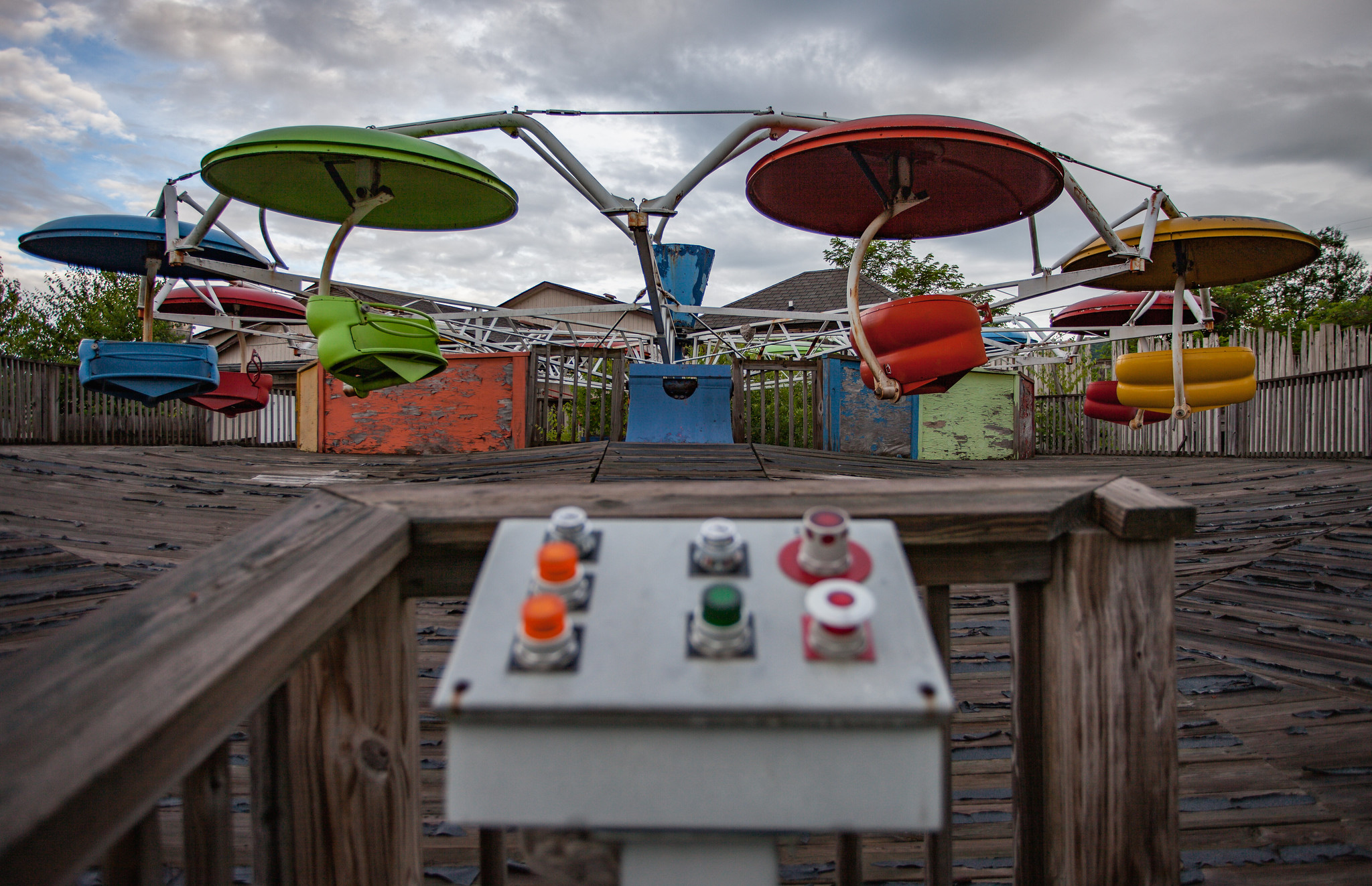
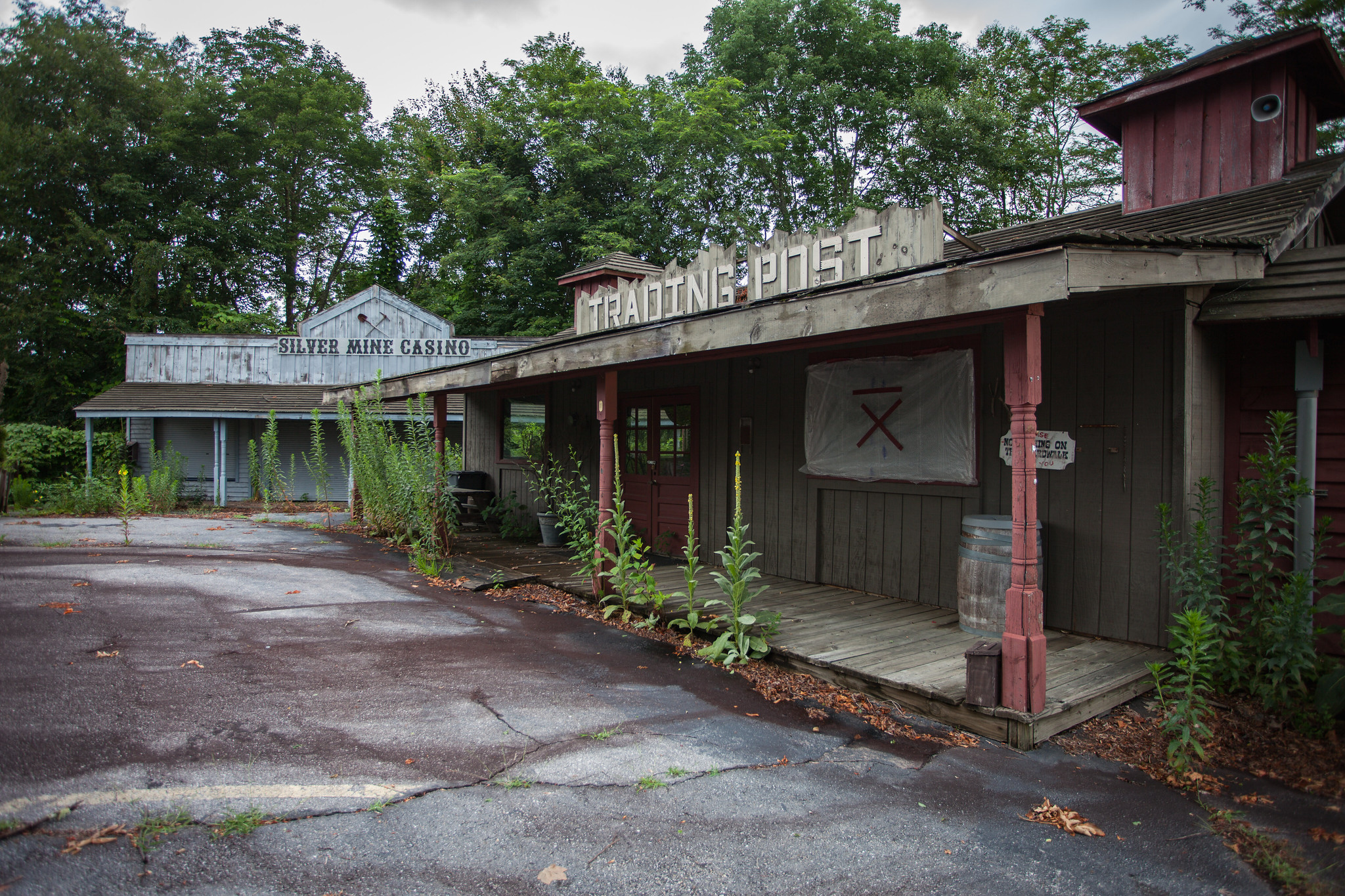

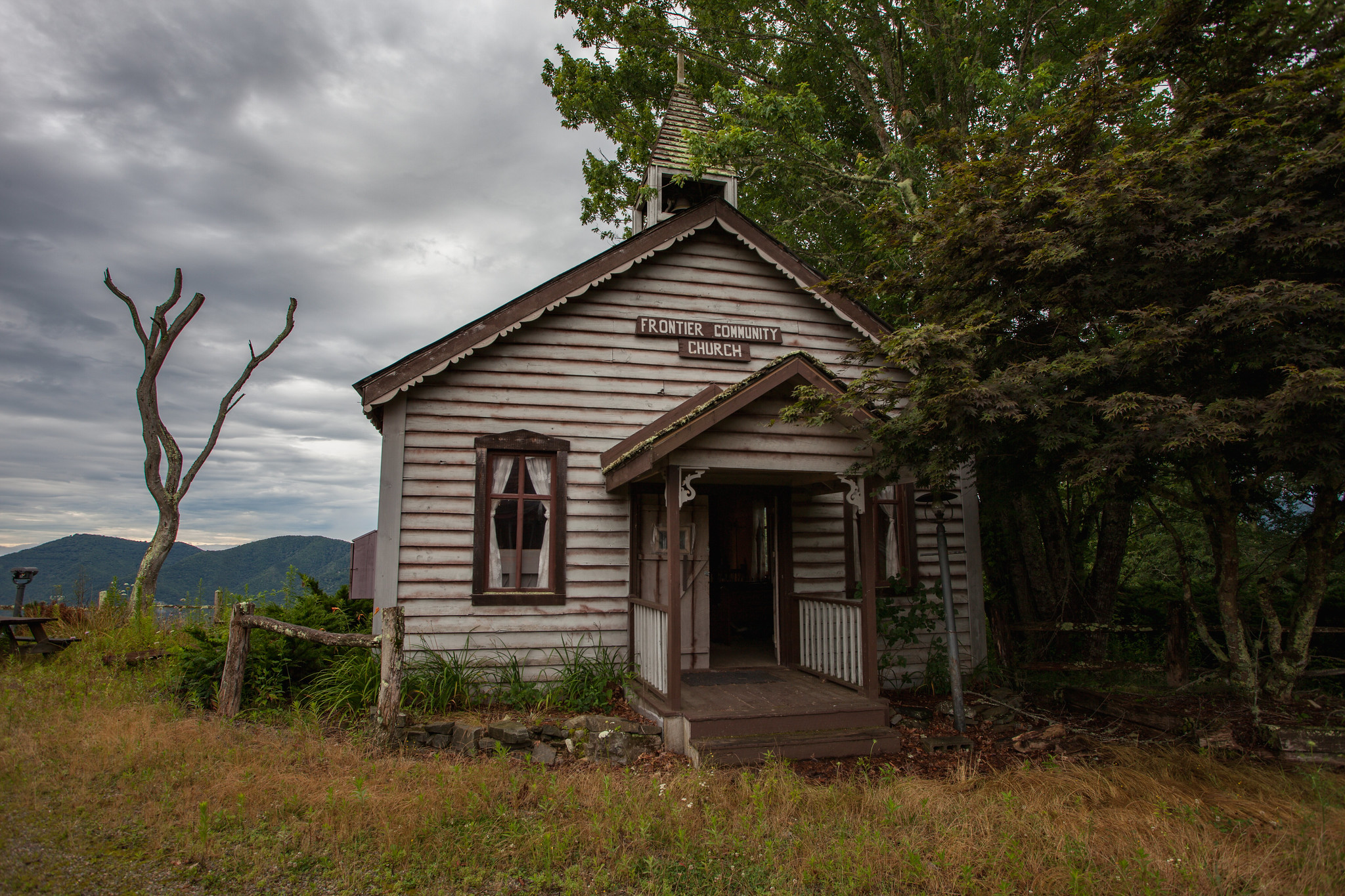
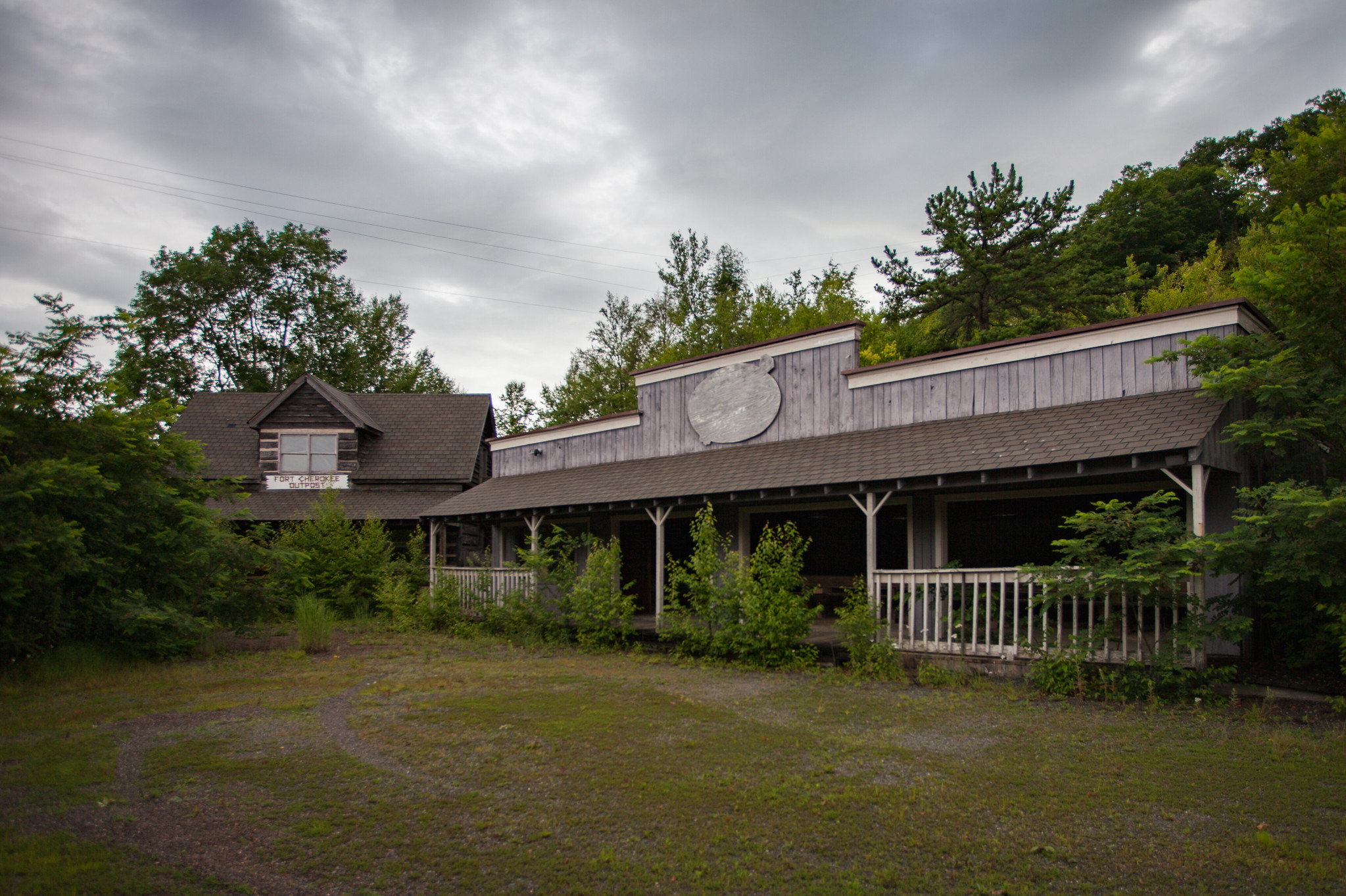
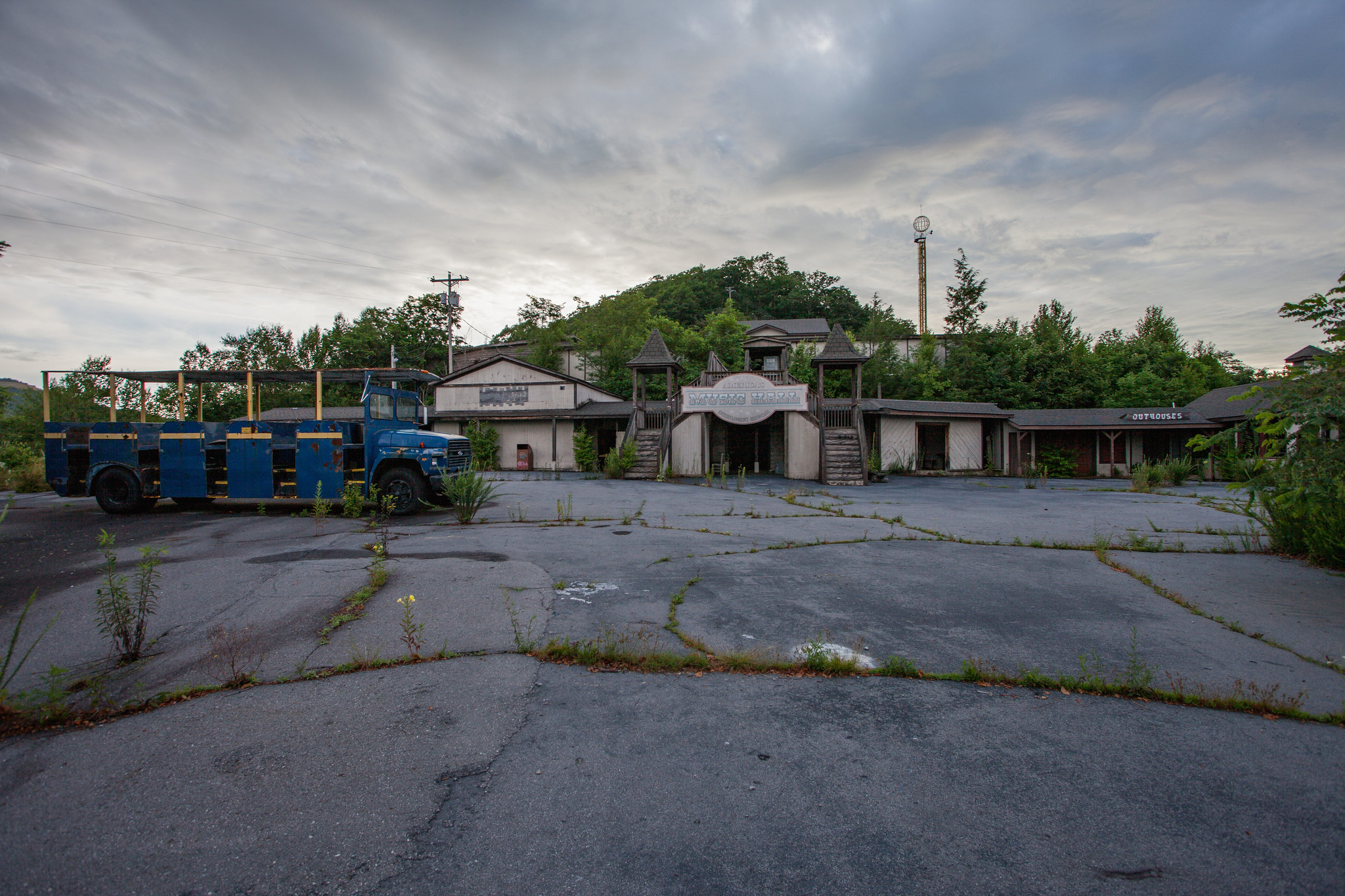
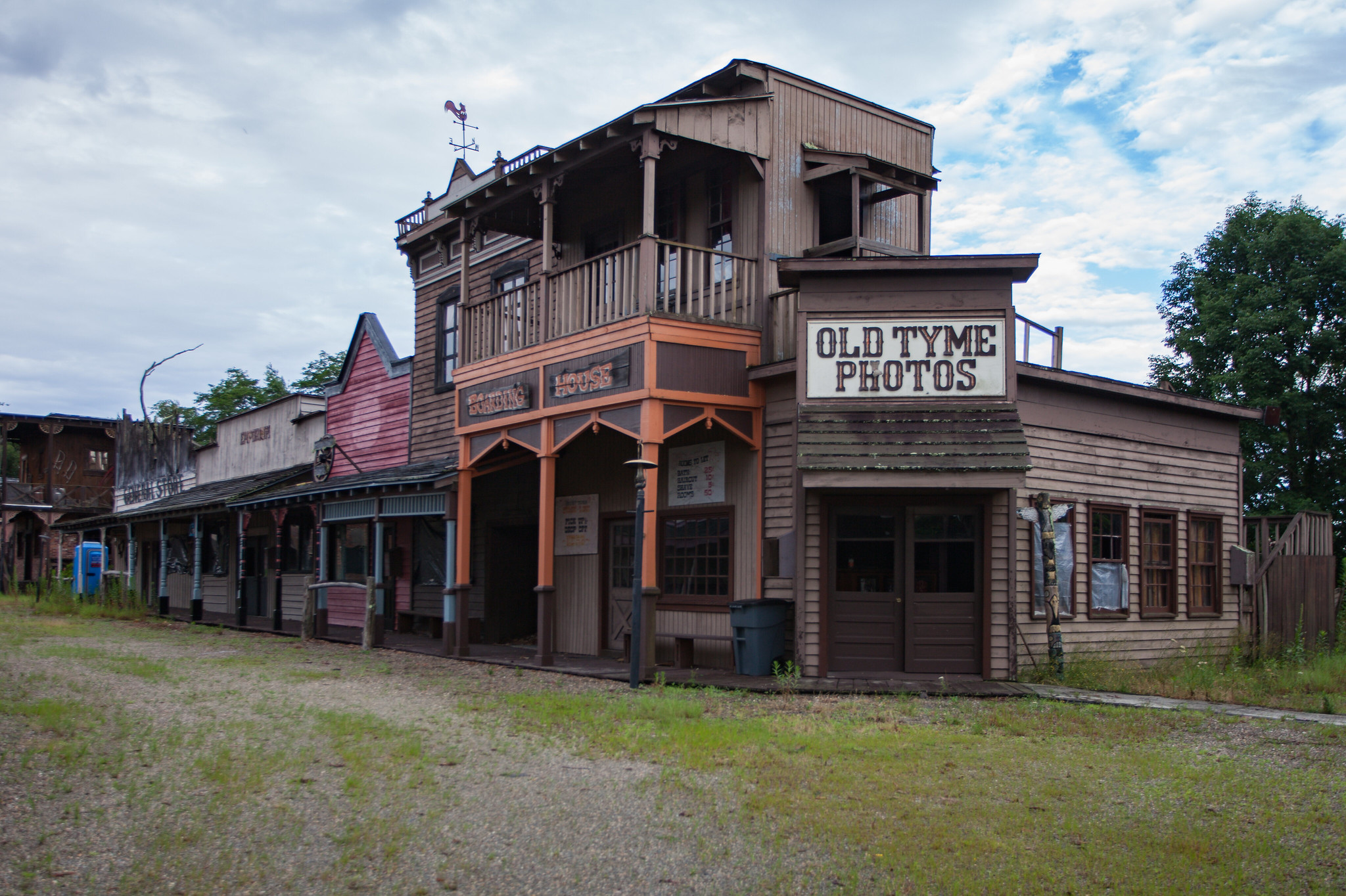
In 2013, Ghost Town in the Sky was fined $2,000 by the Labor Department after an actor was injured by shrapnel from a shotgun blast in a staged gunfight. Investigators discovered the actors were actually using real .45 caliber revolvers and a real shotgun loaded with blanks instead of prop guns capable of only firing blanks. A year later, in 2014, Alaska Presley listed a lower portion of the property, that includes the Old West town, for sale for $3 million. Presley planned to redevelop the upper portion as a “Holy Land replica theme park.” The listing was taken off the market a few months later due to no interest. In an effort to deter vandalism, Presley hired security guards and placed cameras on the mountain. In 2015, the park announced a rebranding to Ghost Town Village. This was in part due to the inability to reopen any of the rides or rollercoasters due to the repair costs. However, the park never reopened. Local news outlets anticipated a reopening in 2019, but that never happened. Today, the park remains closed, although work is underway by a team of new investors to restore the former amusement park in the hopes of one day reopening.
In August 2021, a key person working on the redevelopment of Ghost Town made a rare public speaking appearance and explained basic plans in front of the local Chamber of Commerce that involve an investment of up to $200 million. More information, including a specific timeline and date to reopen, will be available in early 2022. The water and sewer issues that plagued the park are resolved, clearing the way for improvements. The park’s main street, home to the Red Dog Saloon, a jail, and several cafes, will be gutted and completely redone. The ground floor of the buildings will be home to unique shops and boutiques, and possibly even some brand-name retail or dining outlets. The second floor of those buildings will be sold or leased as condominiums for residential use. At the base of Buck Mountain, a new hotel will be constructed and will have a lodge-like appearance to blend in with the environment. Behind the lodge will be small vacation rental cottages. There is no word yet on what will become of the original rides. There are rumors of the addition of a Ferris wheel.
A heavy level of skepticism remains as previous attempts have appeared promising only to fail. The process will be fascinating, even if they only get the doors open. The nostalgia factor alone could bring in thousands of people who grew up going to Maggie Valley. These folks would love to share their experience with their kids and grandkids. A big part of the resurrection plans is better infrastructure and housing plans to help Maggie Valley become a tourist destination. Roughly 200 employees would be required to run the new Ghost Town in the Sky. The area needs affordable housing, restaurants, a grocery store, and an urgent care center to support the local economy and the park. As beautiful as Maggie Valley is, doubts remain whether it can attract the number of tourists needed to support Ghost Town. As of 2024, the park remains tied up in a lawsuit over ownership.
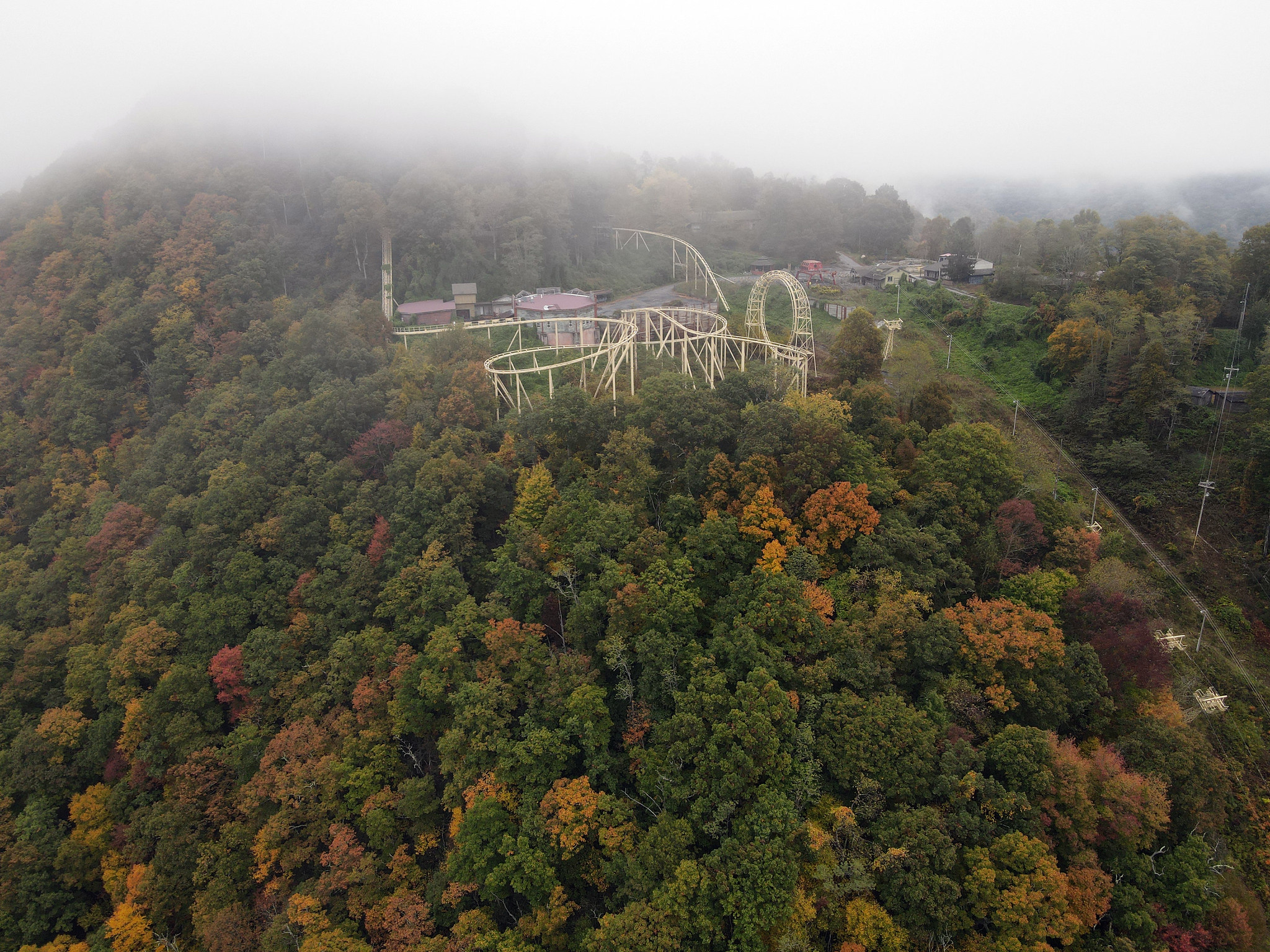
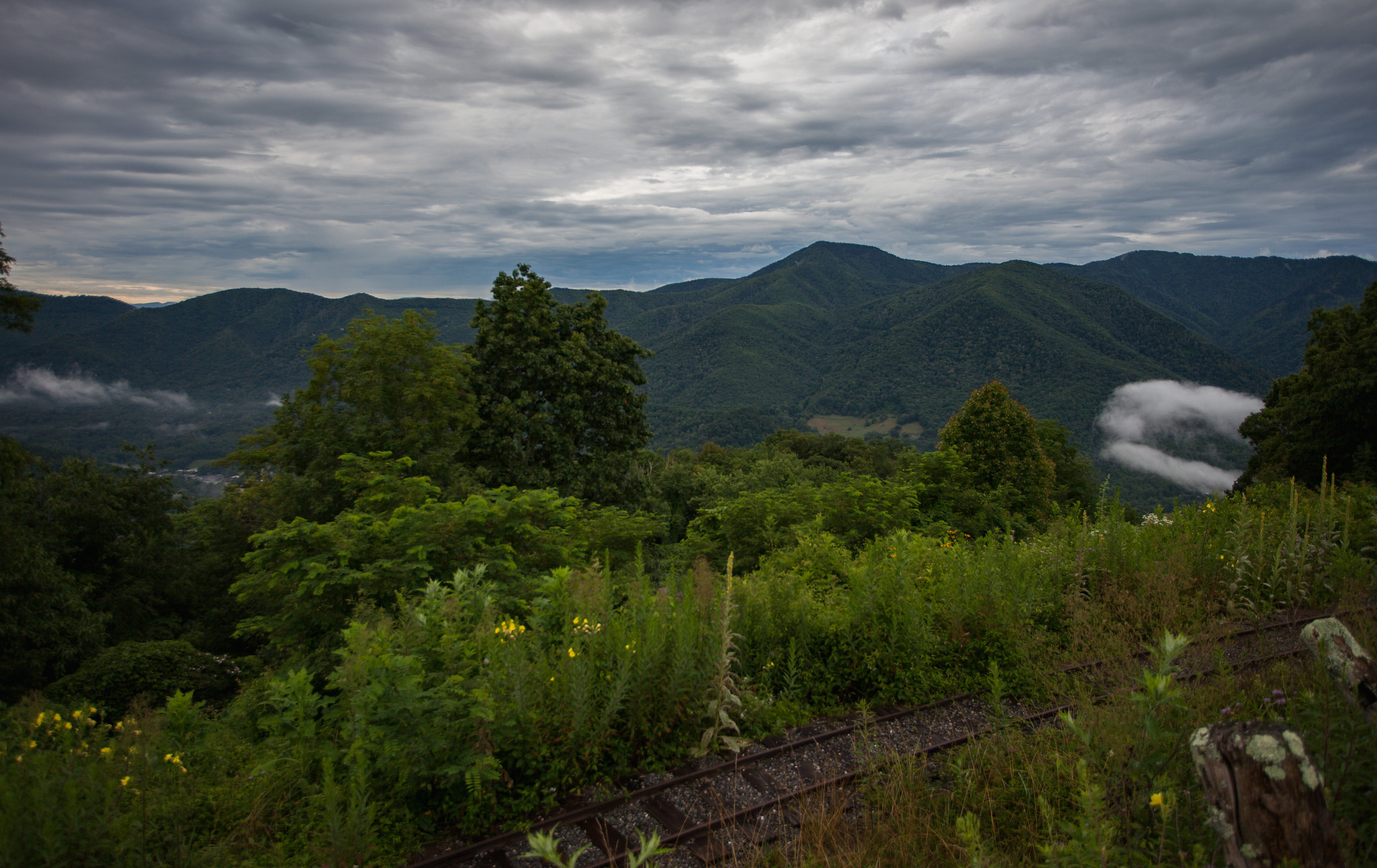
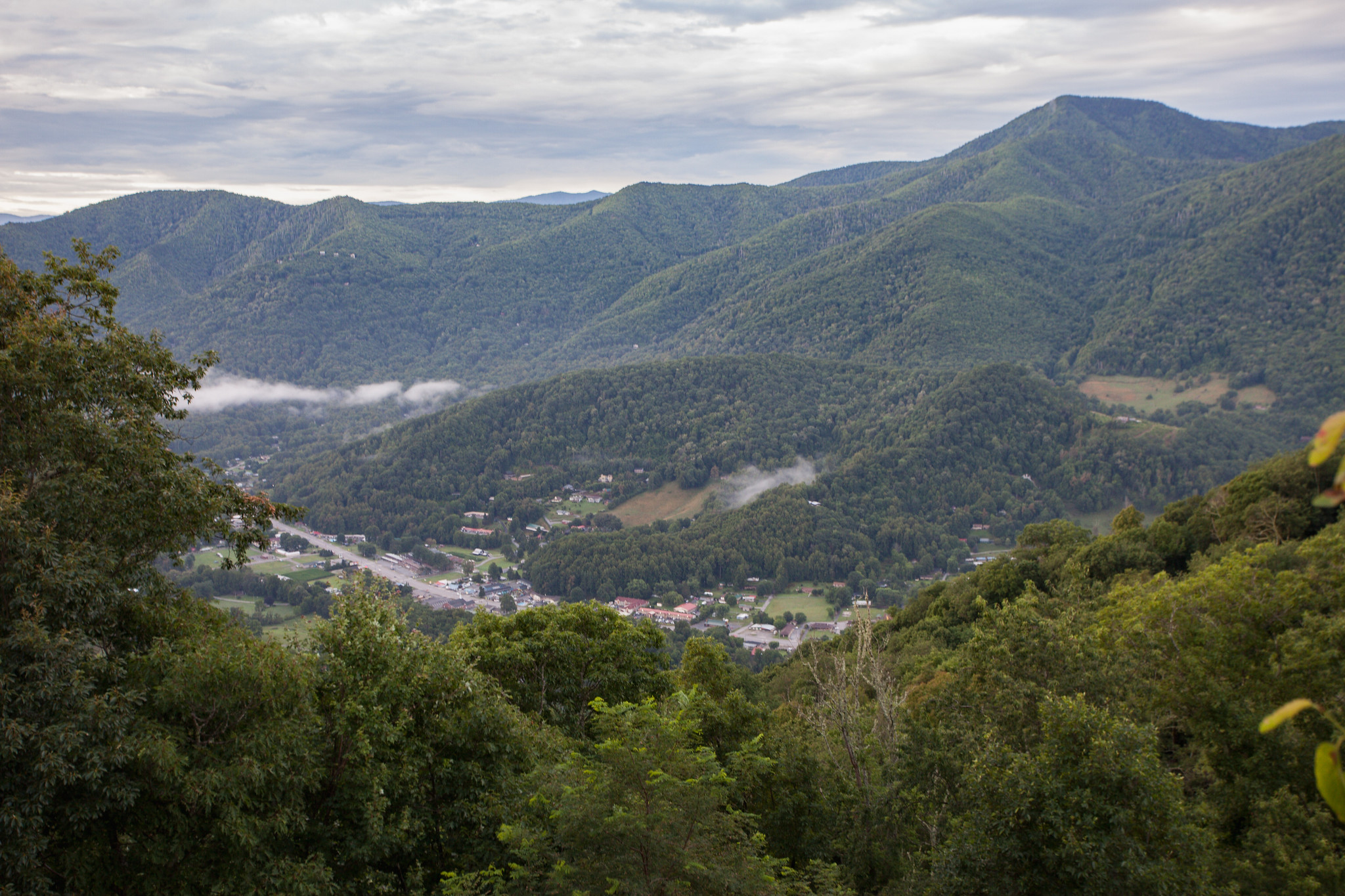
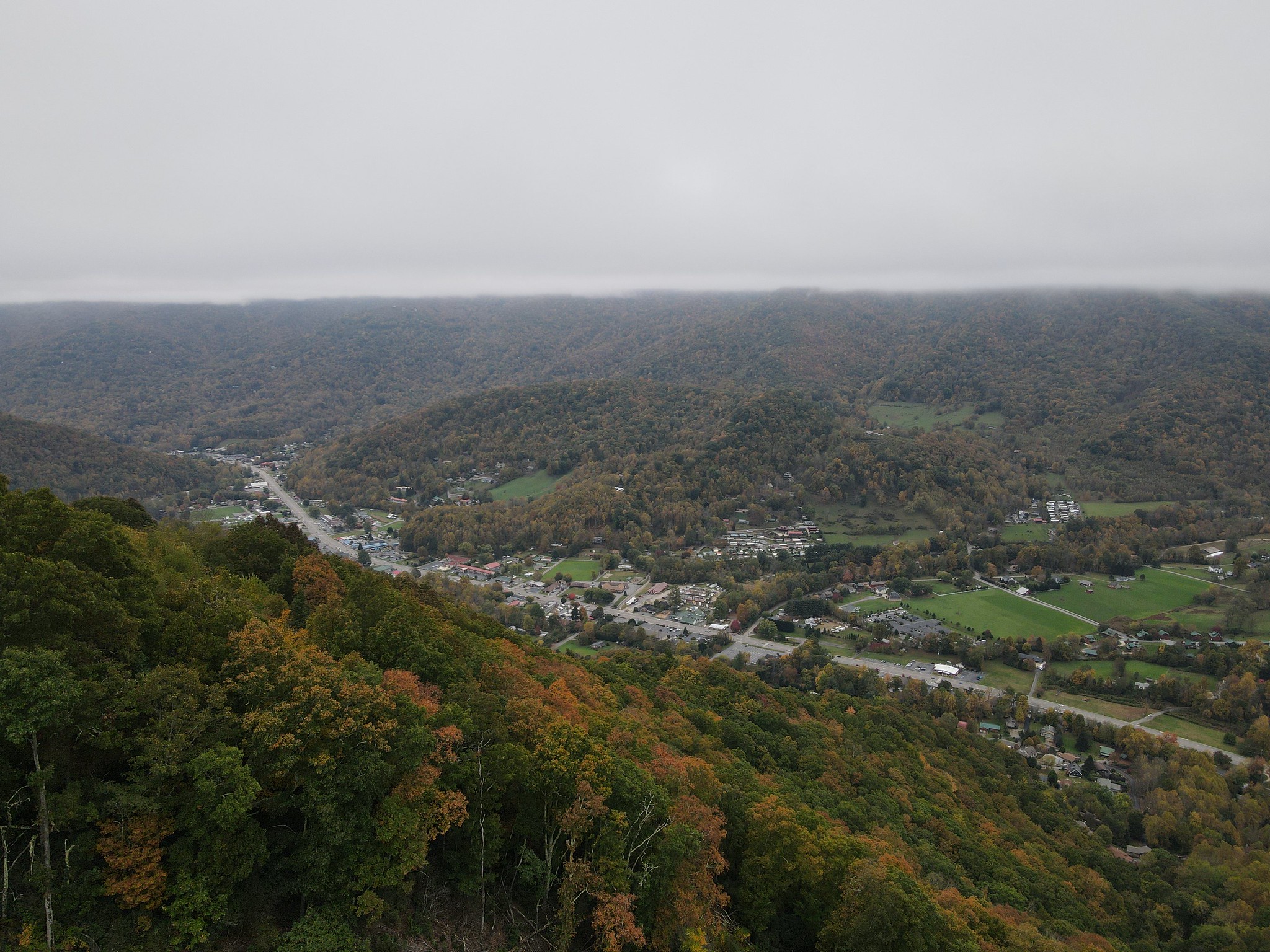
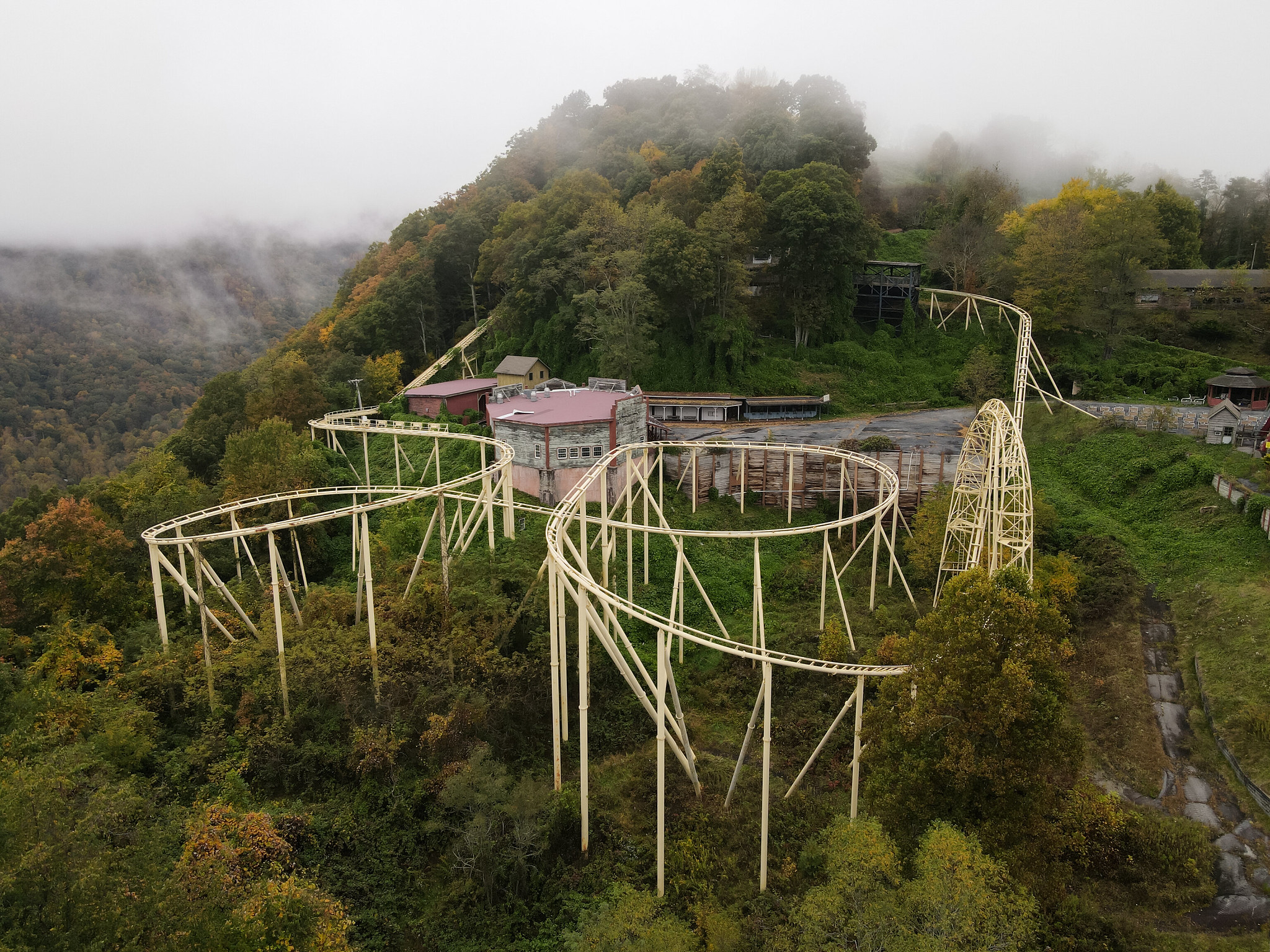
Thank you for reading. I appreciate your support. Please share the blog with your friends.
You can find me on Facebook, Instagram, Twitter, and TikTok. If you would like to receive the Abandoned Southeast blog in your email, please sign up below or on the main page. Also, for more amazing, abandoned places check out my books available through Amazon.
What to read next:
- Exploring the Enchanting History of Dunalastair Castle in Scotland
- Rowallan Castle: A Timeless Tale of Majesty, History, and Enchantment
- The Abandoned Glass Mansion of Leesburg, Virginia
- Urban explorer discovers abandoned $12 MILLION mansion.
- Bagni Wildbad: The Elegance of the Past Amidst the Italian Alps
Source: https://numerologybox.com
Category: Abandoned Place
